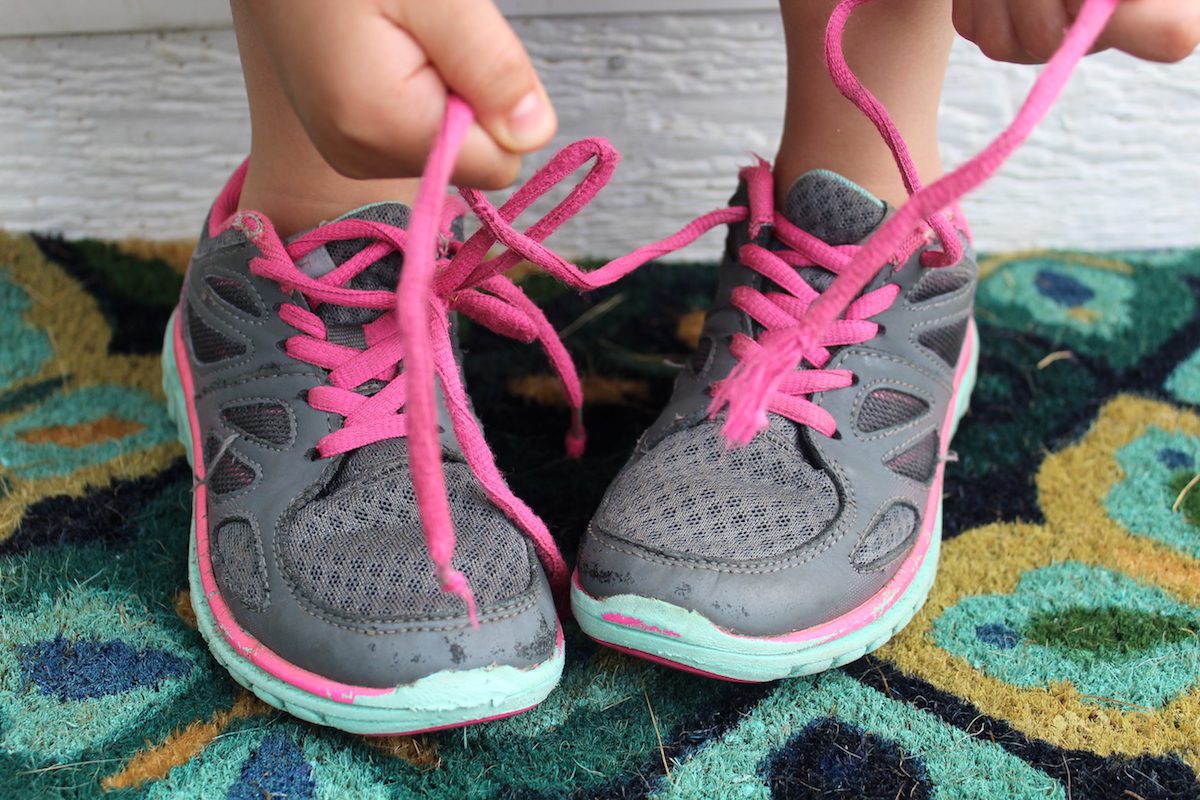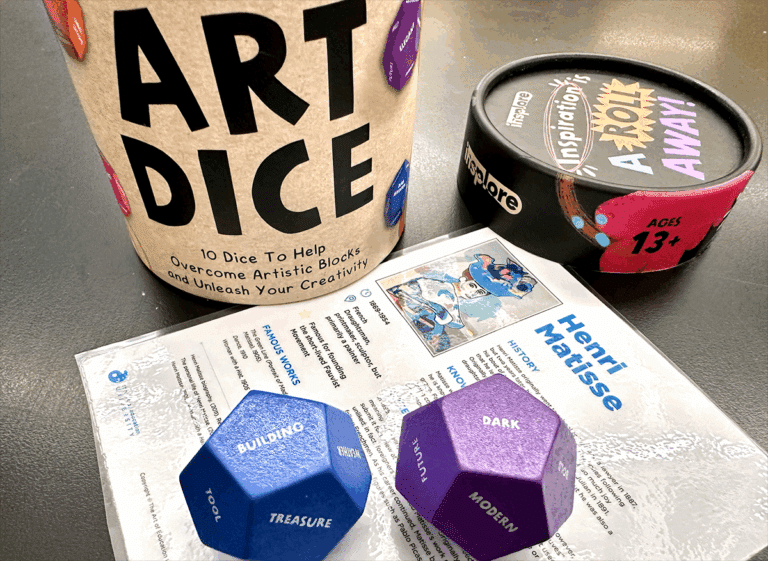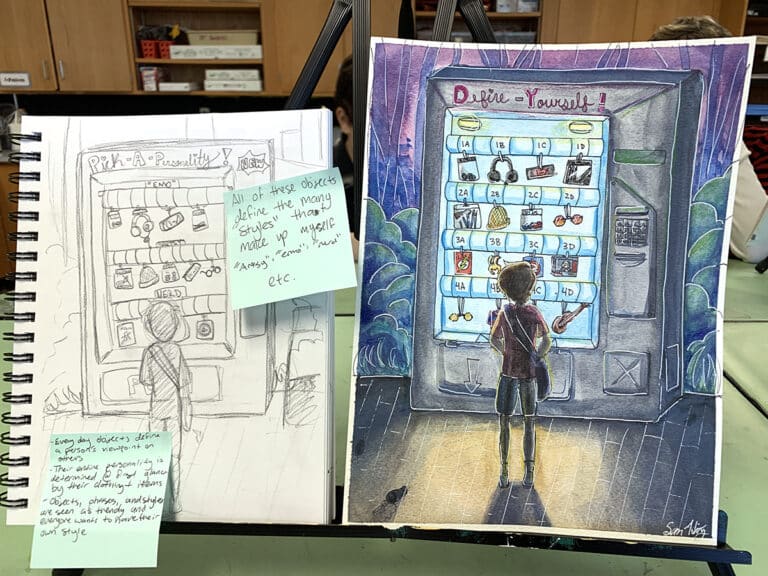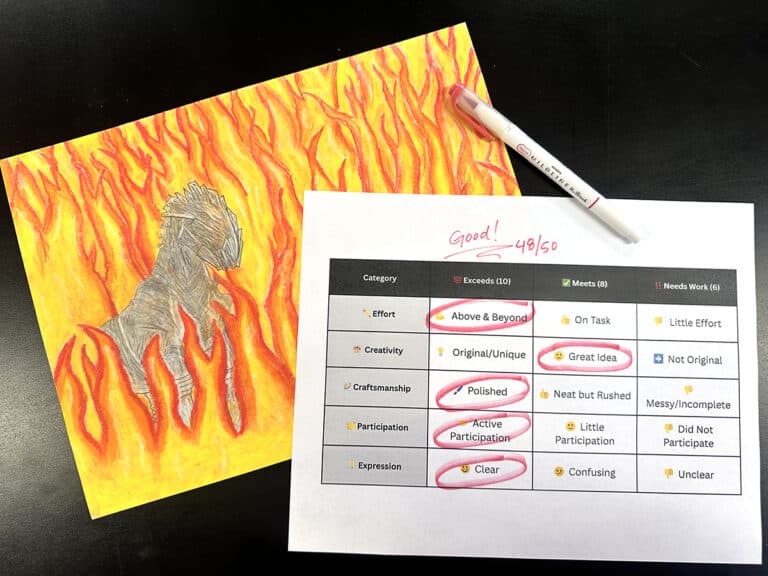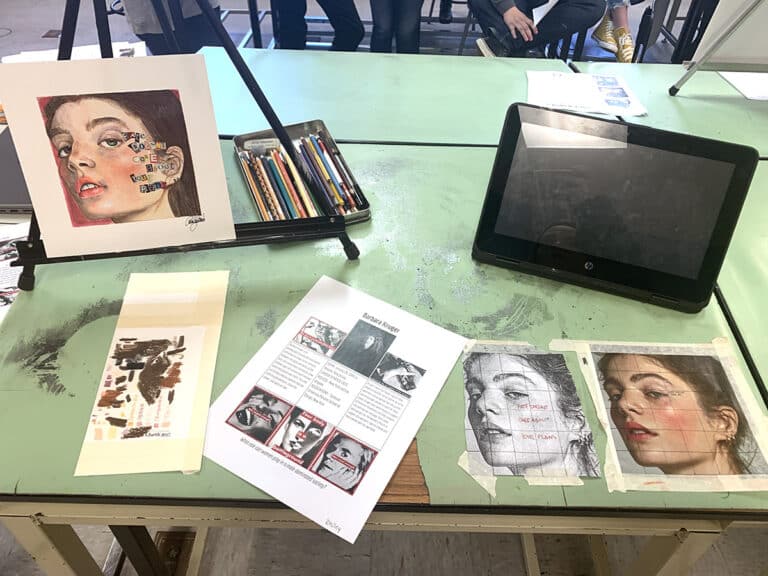I am about to enter my fifteenth year of teaching elementary art. That means I’ve logged almost a decade and a half of meaningful art interactions with hundreds of K-6 students.
And, at the risk of sounding like an old fuddy-duddy in the teacher’s lounge, I’m going to assert that kids are different than they used to be.
Don’t get me wrong, the students I work with are still as kind-hearted, creative, and as ready to be inspired as the kids I met during my first year teaching. But, in my opinion, they are bringing an entirely different level of skills to the table than kids did fifteen years ago, and, most frequently, it looks like a fine motor deficit.
As I peruse social media or talk with art teaching colleagues, it seems like everyone has an anecdote about a technique or skill that used to be easy to teach but now produces massive art teacher anxiety.
Here are the top 4 skills that seem to be causing modern art teachers to hyperventilate into a paper bag in the privacy of their art closets.
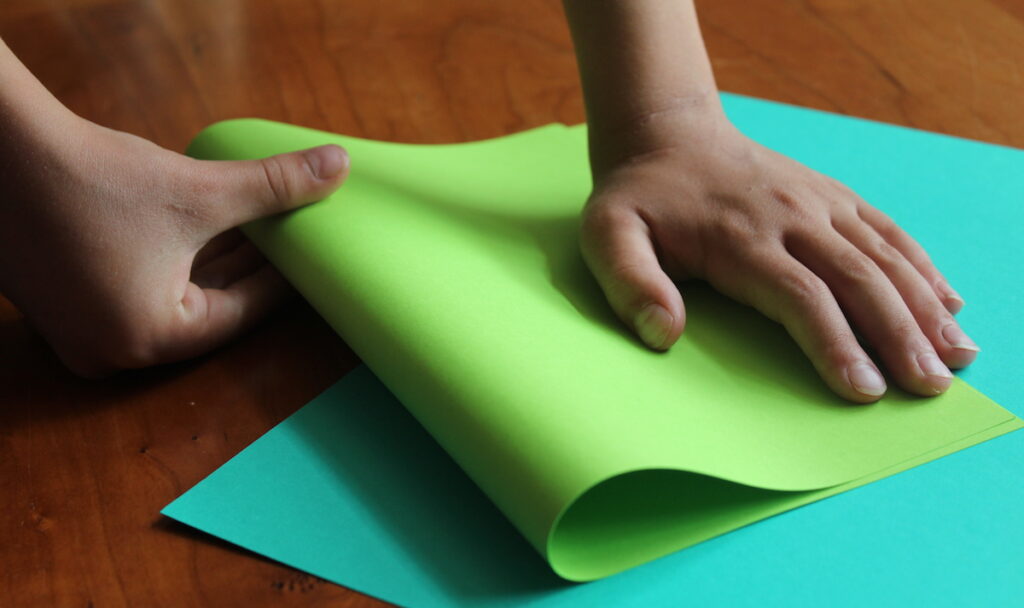
- Folding paper
- Tying knots
- Drawing a straight line with a ruler
- Cutting
So, what is going on with our youngest students’ fine motor skills?
To provide some insight, I turned to my friend and colleague, Wendy Tredennick. Wendy is our school’s Occupational Therapist or OT. Improvement of gross and fine motor skills is part of her daily interaction with students.
Wendy confirms what art teachers anecdotally know. Kids are coming to school with a different level of fine motor skills than they were ten years ago. But, Wendy cites some surprising culprits; a lack of outdoor play and fast-paced family life.
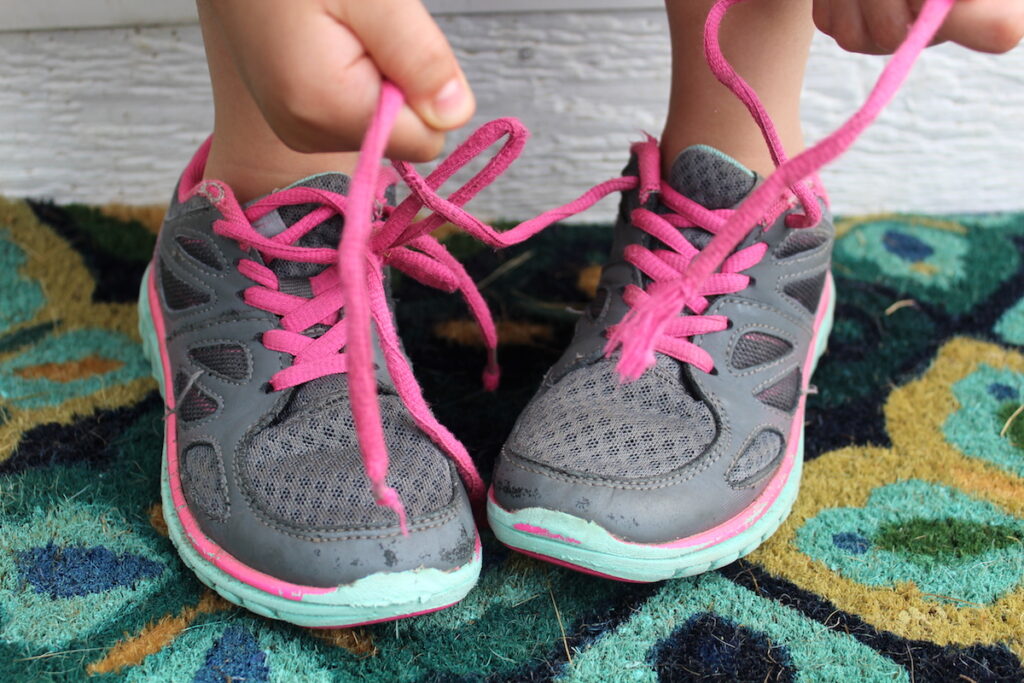
Interestingly, Wendy is less critical of the TVs, tablets, and phones our students devour and is more concerned about the time it takes away from outdoor play. “Outdoor play builds core strength, involves visual scanning and laterality, and improves their spacial understandings of the world. Children should be playing outside every day.”
The frantic pace of modern family life is also a culprit. Wendy suspects our students are missing out on fine motor experiences at home because many families are over scheduled. She gives the example of shoe tying, “Parents used to spend quality time teaching their children how to tie their shoes. But now, people are so busy it is just easier to buy their kindergartener a Velcro pair.”
Combine these two factors, and some of our youngest students are now arriving in our art rooms underprepared for the fine motor demands of school in general.
So, in the face of declining fine motor skills, what is an art teacher to do?
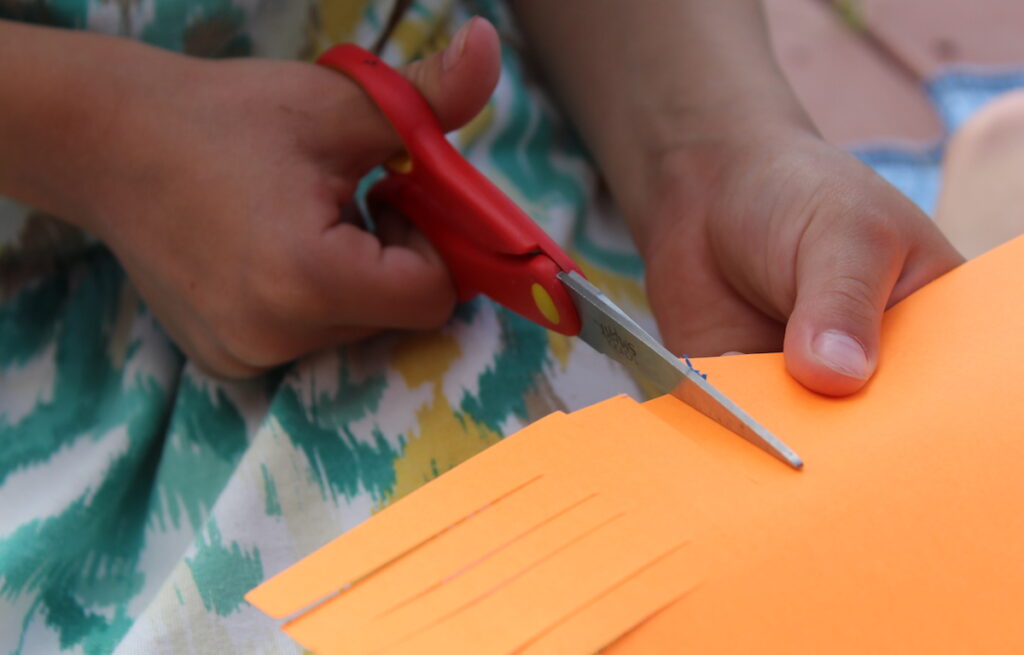
Explicitly teach these skills to your students.
These four fundamental art skills (folding, tying, manipulating a ruler, and cutting) just aren’t being explicitly taught anymore. Without open-ended outdoor play or structured fine motor experiences with a parent, our students may never have been directly taught these essential pre-art skills. It’s no wonder they struggle when these tasks are integrated into a larger project!
Wendy advises art teachers to plan to explicitly teach these embedded skills to their young students. She also emphasized it will take repetition and reinforcement before kids achieve mastery. So, front load direct instruction of these skills into your lesson plans…meet the challenge head-on.
Here are a few easy tips to get you started.
- Folding Paper
Demonstrate how to match the edges up, then smooth the paper with an open hand from the edge toward the fold, to create a smooth crease. - Tying Knots
Before any project that will require knot tying, consider borrowing an idea from this article by Deborah Stewart at teachpreschool.org. Purchase a large spool of rope and engage the whole class in knot tying practice on the larger material. Afterward, turn them loose to work independently on their art project. - Measuring with a Ruler
Nothing tops this YouTube clip. It slowly and methodically covers every aspect of drawing a line with a ruler. - Cutting
Cutting requires bilateral coordination (the use of two hands doing separate activities) and correct hand placement. Try putting ribbon or washi tape on the thumb hole to help them independently get their hand into the tool. Check out this additional article at theottoolbox.com for a thoughtful progression of cutting tasks.
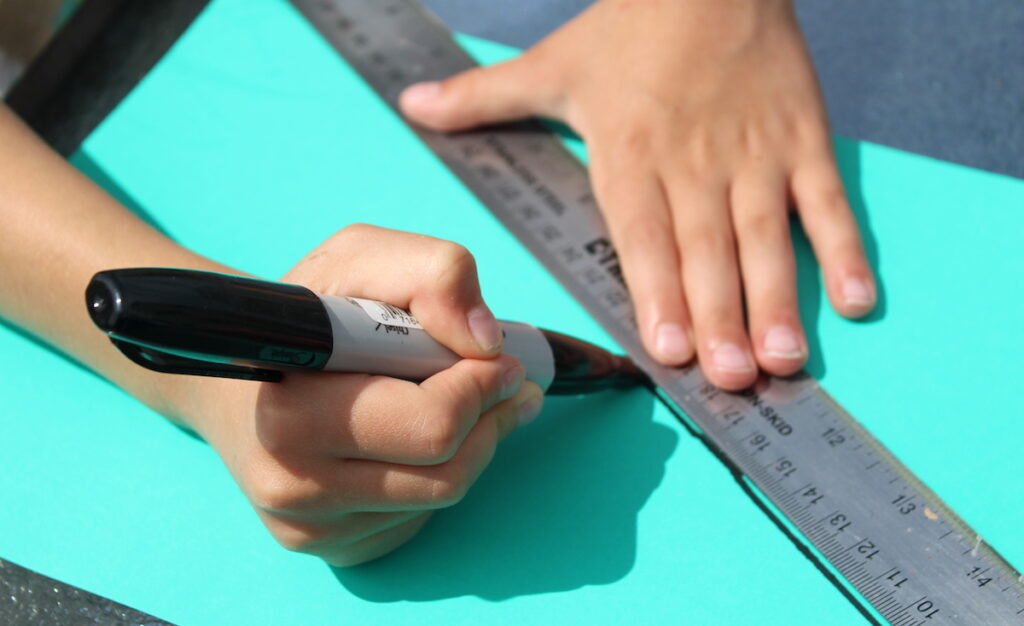
If you’re looking for even more ideas, be sure to check out the Building Foundational Skills PRO Learning Pack. You’ll learn how to best plan for, organize, and deliver foundational skills experiences and master best practices for scaffolding skills and techniques in lesson planning.
Educate your community.
Parents everywhere seem to be concerned about academic readiness for kindergarten. Why not extend the definition of academic readiness to include pre-art skills? Talk to your administration about the possibility of providing information during the kindergarten registration process. Many families are seeking advice to prepare their students. Consider giving a brief speech or adding a blurb to an existing district handout.
Here are some activities that you could encourage.
- Get outside.
Make it a family goal to explore each park in your town at least once. You could even create a family park passport, similar to the National Parks passport program. - Play with Playdoh.
This great idea from thehappyhadwriter.com helps students strengthen hand muscles needed for fine motor control through play. - Draw or color vertically.
Sarah Morrissey from Kiddipedia suggests giving kids an opportunity to strengthen their shoulders by drawing with chalk on a fence or outdoor wall, then washing it clean with a hose. - Make cards for family members.
This activity provides an opportunity for parents to assist with paper folding. It also allows students to develop the correct pincher grasp while coloring or drawing. - Fold towels as a family.
Not only does is this helpful, but this larger motor activity has some ties to its smaller scale cousin, paper folding. - Provide guided cutting practice.
Have children cut paper confetti or decorative fringe for a family party. The more cutting practice, the better!
Our young artists might be entering our classrooms with different skills, but they are still deserving of the best that art education has to offer. As art teachers, we want to get to the big concepts that make our content so powerfully important. But, sometimes we have to slow down along the way to teach those missing foundational skills that allow our students to demonstrate the big concepts in the first place. For more great strategies to improve “art readiness skills,” open a dialog with your district’s occupational therapist!
What “art readiness” skills do you find your youngest students are lacking?
What strategies do you use to improve these skills?
Magazine articles and podcasts are opinions of professional education contributors and do not necessarily represent the position of the Art of Education University (AOEU) or its academic offerings. Contributors use terms in the way they are most often talked about in the scope of their educational experiences.

